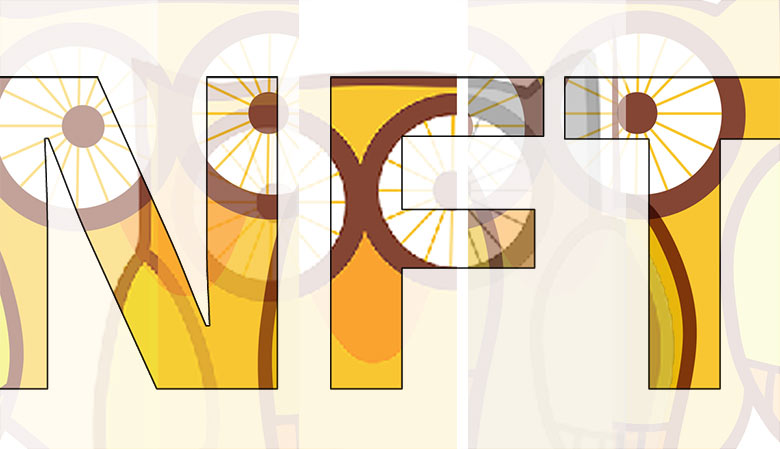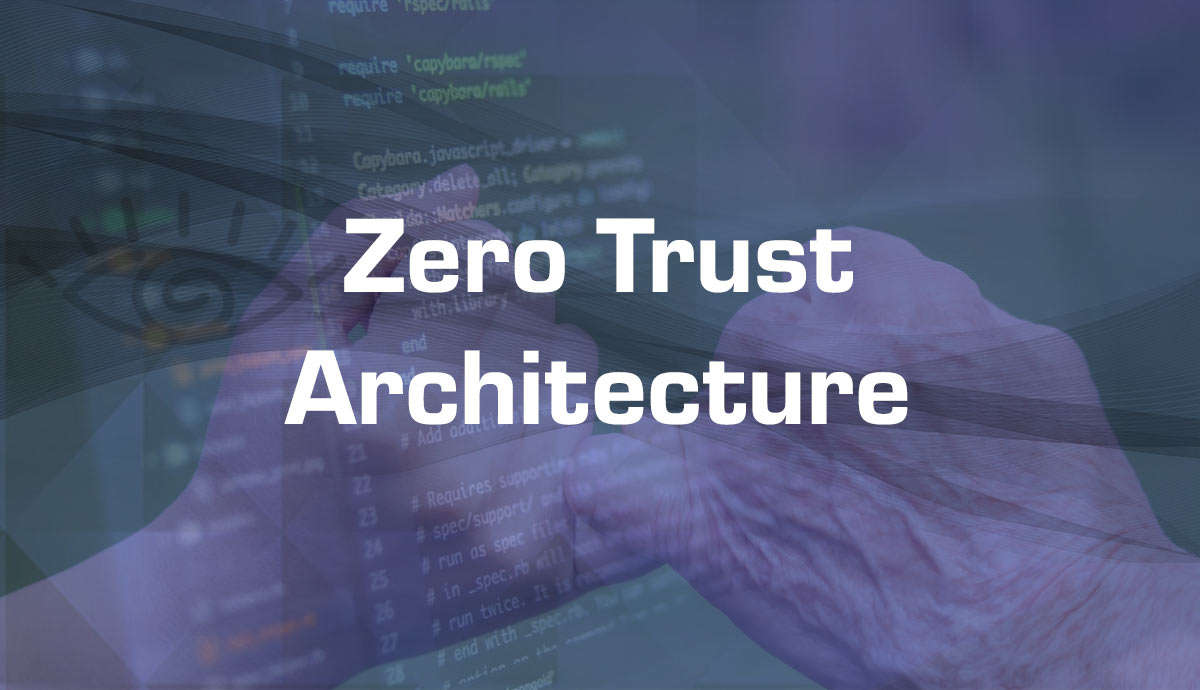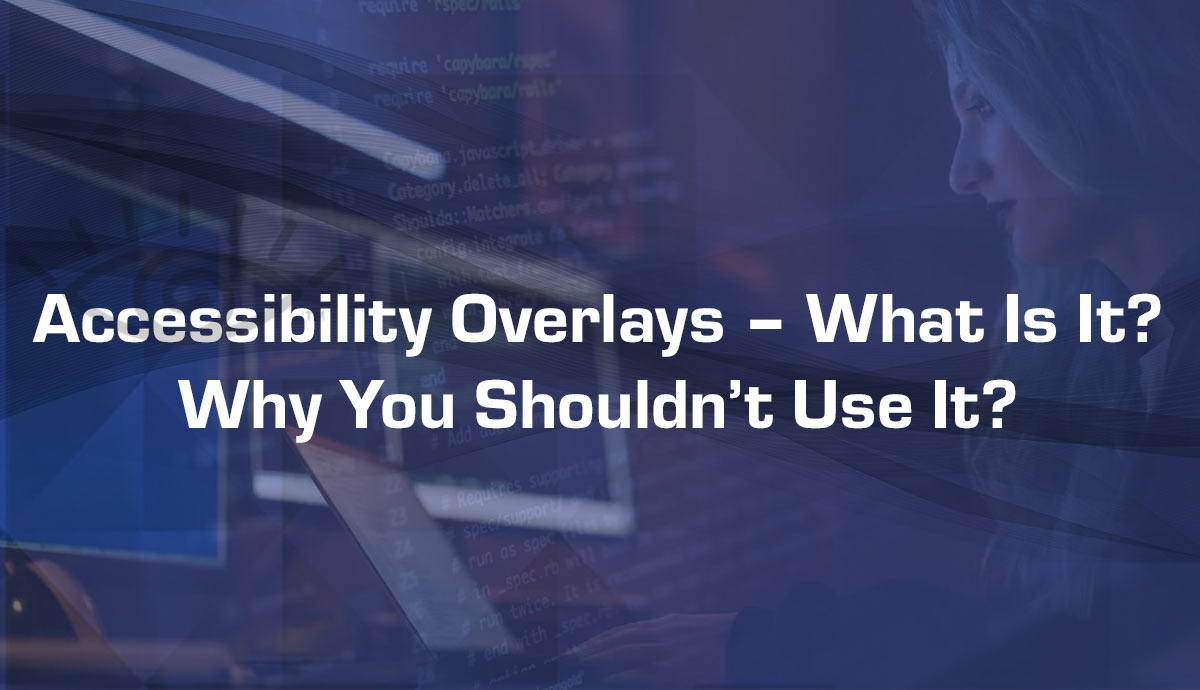The concept of non-fungible tokens (NFTs) is relatively new, and we’ll explain what they are, how they work, why they’re important, and their inherent drawbacks and disadvantages.
TLDR Key Takeaways
- NFTs are non-fungible tokens; cryptographic records of ownership.
- A token is a unit of data used within a smart contract to represent value.
- Tokens are broken up into basic units called shares, and they form the basis of NFT ownership
- Problems include ownership transfer difficulty and data limitations
- CHIF’s can help solve both problems
I’m sure you’ve heard how blockchain technology is going to disrupt everything from supply chain management, property rights, digital identity, gaming, and more, and non-fungible tokens (NFT’s) are currently one of the most exciting topics in the Blockchain space.
In a nutshell, non-Fungible tokens are cryptographic records of ownership for a unique item that is encoded into a blockchain. Tokens are blockchain assets that represent a set of rules encoded in a smart contract. They introduce a new way to look at digital assets, and they have huge potential to disrupt how we exchange/determine value on the web.
NFTs are one of many types of tokens on the Ethereum blockchain and are an increasingly popular token design derived from the ERC721 token standard. These tokens are distinguishable from each other, but not interchangeable (aka fungible). NFTs differ from fungible tokens (like Bitcoin and Ether) in that each token has a unique identity and cannot be exchanged for other tokens. A token is a working representation or security of value we assign to a piece of digital content. A common misconception that people have is that tokens aren’t “real” money. This may come from the highly technical nature of tokens and the general lack of understanding around blockchains and cryptocurrency itself. However, our definition of what’s “real” is being explored with more scrutiny by authorities all the time.
Though still in its infancy, the non-fungible token is gaining steam as a new way to represent ownership of digital or physical assets on the blockchain. The advantage of NFTs for artists and content creators is that they provide a way to monetize their digital content using a token. For any asset to be valuable, it must have (at minimum) one (or more) characteristics of “non-fungible.” If any of these attributes are missing, then that asset is completely worthless — or at least, cannot be sold to other investors for any meaningful amount of money.

Digital Ownership of Owl Study 6 in Yellow
For example, the ownership schema of a creative asset we can refer to as Owl Study 6 in Yellow depends on a single share, the basic unit of a token, and it can be in the form of a fractional = 1/10 or any other unit that is accepted as representative of the digital asset.
However, the percentage of ownership of a digital asset, like any asset (real estate, stocks, securities) varies from moment to moment; today you might own only 5%, while 5 years ago it may have been 30%. Each share of Owl Study 6 in Yellow represents an ownership interest. Owning shares of Owl Study 6 in Yellow NFT on the blockchain is like owning shares in a public corporation. Within a smart-contract system like Ethereum, “shareholders/stakeholders” are mostly people, but there are also various companies and even non-human entities that can become shareholders to a well-functioning blockchain (like companies, public spaces, legal entities… the list is endless).
Luckily, we also know that it’s completely backwards to think that NFTs are not real money — they are real money, and they are also growing in value. Like most transactional art assets, the value of a token is determined by the combination of the trends in the underlying economy and the ability to project and achieve the objective by sharing value through the network.
NFT’s are still a very new technology and there are a few disadvantages to using them for creating digital scarcity.
If too many NFT’s are created, then the value of each one will be diluted. If the number of NFT’s created is unlimited, then the scarcity is not real.
One disadvantage of NFTs is that they are not as easy to distribute as traditional digital goods. If users can’t simply download an NFT into their wallets, there is a risk that users will lose the NFT if they don’t manage their wallets properly.
Using NFT’s for digital media can prove to be problematic if these of the file exceeds a certain size. This makes storing data as an NFT problematic for things like video and hi resolution artwork. This also alters the possible speed of transactions. As a digital asset, if you sell an NFT, the transaction must be settled on the blockchain.
We believe this drawback can be mitigated with the use of C-Hear Intelligent Format Files. When we change the NFT creation workflow and add CHIF files, file size stops being an issue. If the file is in a CHIF, it has a Unique Identifier and a SHA. We put those elements and those elements alone on the block chain.
“Let me explain. No, there is too much. Let me sum up.” – Indigo Montoya
Let’s review. So what is a non-fungible token? Non-fungible tokens are unique and non-interchangeable units of data that are stored on a blockchain, which is a digital ledger with records that can’t be altered. The value of the NFT lies in it’s ability to be traded and not in it’s physical characteristics. These tokens can represent many things, including a financial asset, a digital collectible, an ownership stake in an entity, or even a vote in an election. While there are a few size limitations to NFT files themselves, CHIF files can help them reach their full potential.





No responses yet